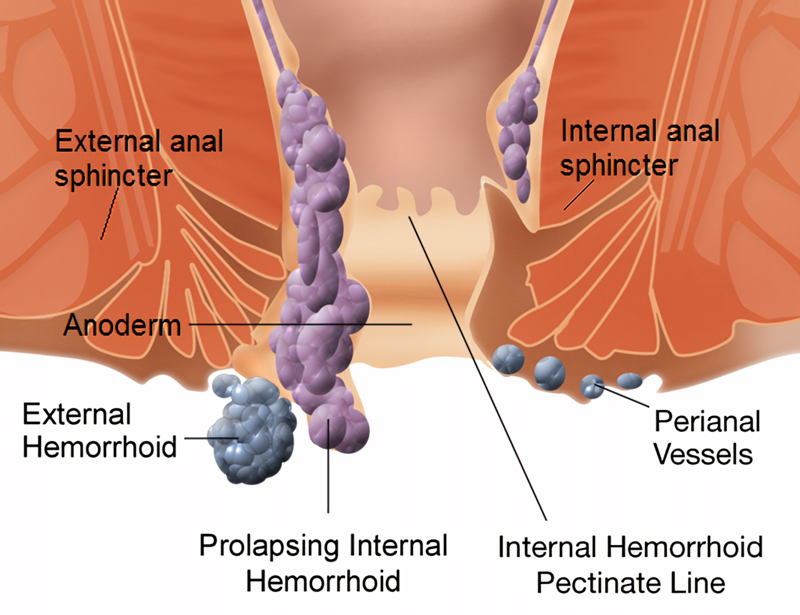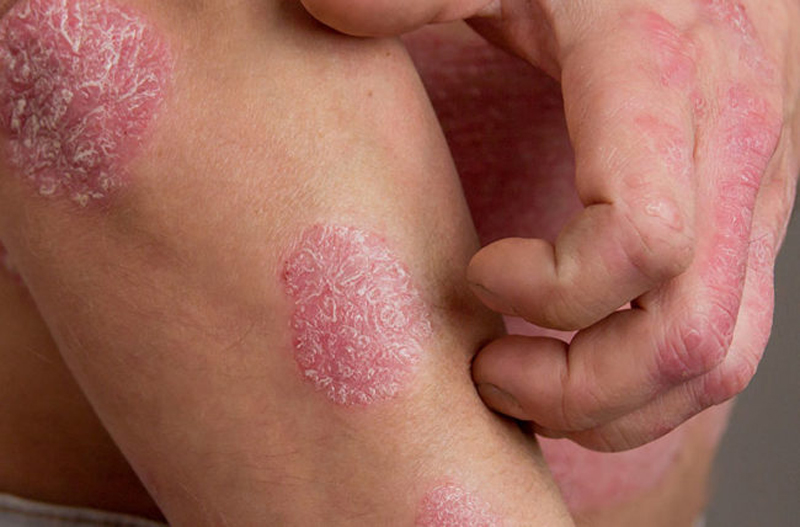Liver Cirrhosis Symptoms and Treatment
Aug. 18, 2023 #Skin Problems
Liver Cirrhosis
Liver cirrhosis is a medical condition characterized by the gradual scarring of the liver tissue, which impairs its normal functioning. The scarred tissue replaces the healthy tissue and therefore the liver starts to fail. This is a chronic disease that develops over time and manifests in various symptoms, depending on the stage and severity of the condition.
Key Points:
- The disease progresses slowly and exhibits symptoms like fatigue, abdominal pain, and weight loss.
- As the condition aggravates, symptoms may include jaundice, fluid retention, itching, and the appearance of spider-like blood vessels on the skin.
- Possible complications of liver cirrhosis include hepatic encephalopathy, bleeding from enlarged veins, and liver cancer.
The treatment options for liver cirrhosis primarily focus on managing the disease's progression and addressing its associated complications. These treatments may include lifestyle changes, medication, and, in severe cases, a liver transplant.
Causes of Liver Cirrhosis
The most common cause of liver cirrhosis is alcoholic liver disease, resulting from prolonged and heavy alcohol consumption. Excessive alcohol intake leads to inflammation and scarring of the liver tissue, eventually resulting in cirrhosis.
Other causes of liver cirrhosis include:
- Non-alcoholic fatty liver disease (NAFLD): This condition occurs when fat accumulates in the liver, often due to obesity, diabetes, high cholesterol, or high blood pressure.
- Chronic hepatitis B and C: These viral infections cause inflammation and damage to the liver cells, potentially leading to cirrhosis if left untreated.
- Drug abuse: The prolonged and excessive use of drugs, such as heroin or methamphetamine, damage the liver and result in cirrhosis.
- Autoimmune hepatitis: This is a condition where the body's immune system mistakenly attacks the liver, leading to inflammation and scarring of the liver.
- Certain genetic disorders: Inherited conditions like hemochromatosis (excessive iron accumulation) and Wilson's disease (abnormal copper metabolism) increase the risk of developing liver cirrhosis.
- Chronic heart failure with liver congestion: When the heart fails to pump blood effectively, liver congestion can occur, eventually leading to cirrhosis.
Identifying and addressing the underlying causes of liver cirrhosis in time, in order to prevent further damage to the liver.
Diagnosis and Treatment of Liver Cirrhosis
Diagnosing liver cirrhosis involves a combination of medical tests and evaluations. The diagnostic process typically includes:
- Blood tests: These tests assess liver function, measure enzyme and protein levels, and check for infections or other underlying causes of cirrhosis.
- Medical imaging: Techniques such as ultrasound, computed tomography (CT), or magnetic resonance imaging (MRI) are used to examine the liver and identify signs of scarring or abnormalities.
- Liver biopsy: In certain cases, a small sample of liver tissue is extracted using a needle for microscopic examination. This helps confirm the diagnosis and determine the extent of liver damage.
Treatment for liver cirrhosis focuses on:
- Managing disease progression: Lifestyle changes like alcohol abstinence, maintaining a healthy diet, and regular exercise can help slow down liver damage progression. Avoiding specific medications and substances that can harm the liver is also vital.
- Addressing underlying causes and complications: Medications may be prescribed to treat underlying causes, such as antiviral drugs for hepatitis B or C. Complications like fluid retention, liver hypertension, or hepatic encephalopathy may require medication to manage symptoms and improve liver function.
- Liver transplant: In severe cases with extensive and irreversible liver damage, a liver transplant may be the only treatment option. This involves replacing the damaged liver with a healthy donor liver.
Individuals with liver cirrhosis should work closely with healthcare providers to develop personalized treatment plans based on their specific condition and needs.
Prevention and Prognosis
In order to prevent liver cirrhosis, we need to take proactive measures so as to minimize the risk factors. Some preventive measures are as follows:
- Avoid excessive alcohol consumption: Prolonged and heavy alcohol use is a leading cause of liver cirrhosis. Limiting alcohol intake and practicing responsible drinking significantly reduces the risk of developing this condition.
- Practice safe sex: Viral hepatitis, especially hepatitis B and C, can lead to liver cirrhosis. Engaging in safe sex practices and using barrier protection methods, such as condoms, can help prevent the transmission of these viruses.
- Get vaccinated: Vaccination for hepatitis B is available and can prevent infection and subsequent liver damage. Unfortunately, there is currently no hepatitis C vaccine. Therefore, appropriate precautions and medical advice should be sought if at risk of exposure.
The prognosis of liver cirrhosis varies depending on the stage and severity of the condition. Early diagnosis and timely treatment can significantly improve outcomes and slow down liver damage progression. However, advanced stages of the disease present more challenges in terms of prognosis.
In cases where liver function is severely compromised, and complications significantly affect overall health, a liver transplant may be the only option for survival. Liver transplantation involves replacing the damaged liver with a healthy donor liver, allowing the individual to regain proper liver function.
Consulting with a physician for an accurate diagnosis, regular monitoring, and personalized treatment plans is essential in effectively managing liver cirrhosis.










COMMENTS